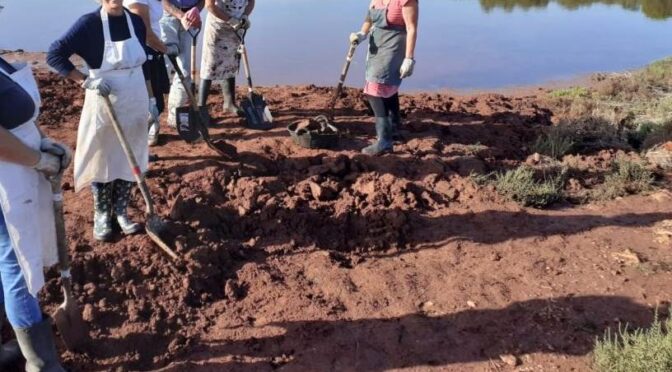Views: 1147
As we complete another cycle of the calendar that helps orient us in time, reflections emerge on what has been accomplished and what we hope to achieve. It’s a time to balance personal aspirations with collective concerns—a search for a fulfilling life in a welcoming environment.
Around the shortest days of the year, the white wagtails arrive on the island. These beautiful birds migrate south from the freezing north. They come in white and black, as well as yellow varieties.
They are often seen walking on the ground and taking short flights. It’s common to spot them in village streets or along roads, though they are not among the animals that frequently fall victim to traffic accidents. They know how to dodge vehicles in time. During the sunny hours, they are usually solitary, foraging for insects. At first glance, they might seem like creatures that prefer to keep to themselves. But this changes radically as the evening draws near.
At dusk, they gather by the hundreds. How they manage to meet at the same spot after arriving on the island separately and spending their days scattered is a mystery. They often roost in urban areas, converging on a single tree from all directions, where they settle together for the night.
They do this because nighttime is a vulnerable time. Closing their eyes and falling asleep in a world where predators are hunting for food is a daily challenge. Being together helps them. The collective effect of the group enhances their vigilance against those with predatory intentions.
Living an individual life is in no way incompatible with coming together for shared benefits. In fact, the need to pay attention to both our social and environmental surroundings is becoming increasingly urgent. Individually, some things seem beyond our reach, but when we work together, our strength multiplies.
By joining hands and minds, significant changes can be made. Environmental volunteering can transform areas and solve important issues, sometimes in just a single morning of work. Clearing blocked streams, restoring riverside vegetation to prevent the spread of invasive plants, pruning thickets to create shaded areas for livestock, unblocking old water cistern channels, creating ponds for livestock and amphibians, planting flowering plants to support natural pest controllers, and fostering resilient crop production are just a few of the many ways we can make a difference.
There is so much we can do to improve our island and lend a hand. In Menorca, there are many projects aimed at creating a new economy—one that is not only extractive but also restorative. Acquiring the tools to distinguish reality from appearances is part of the cultural enrichment that comes with this journey.
The wagtails sing as they fly toward their gathering place. Their sharp, short calls fill the sky with life. Every evening, the large tree becomes the center of their meeting. Who knows what information they exchange? Amid the chatter, joy is unmistakable.
The world is not a naïve painting of flat colors. Living comes with challenges. But in a group, these challenges are easier to face—and sometimes, we even find the strength to overcome them entirely.
(This text is an adaptation of the original article published by Miquel Camps, as coordinator of territorial policy for the GOB, in the Menorca newspaper on 06/01/2025).

